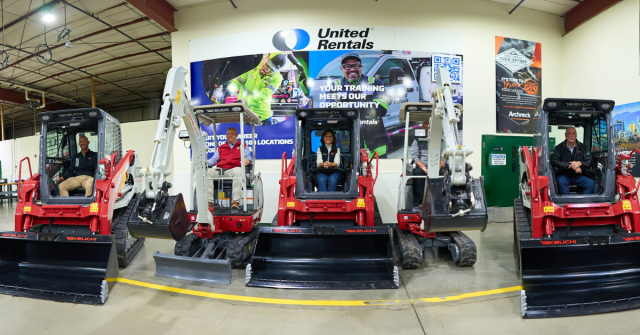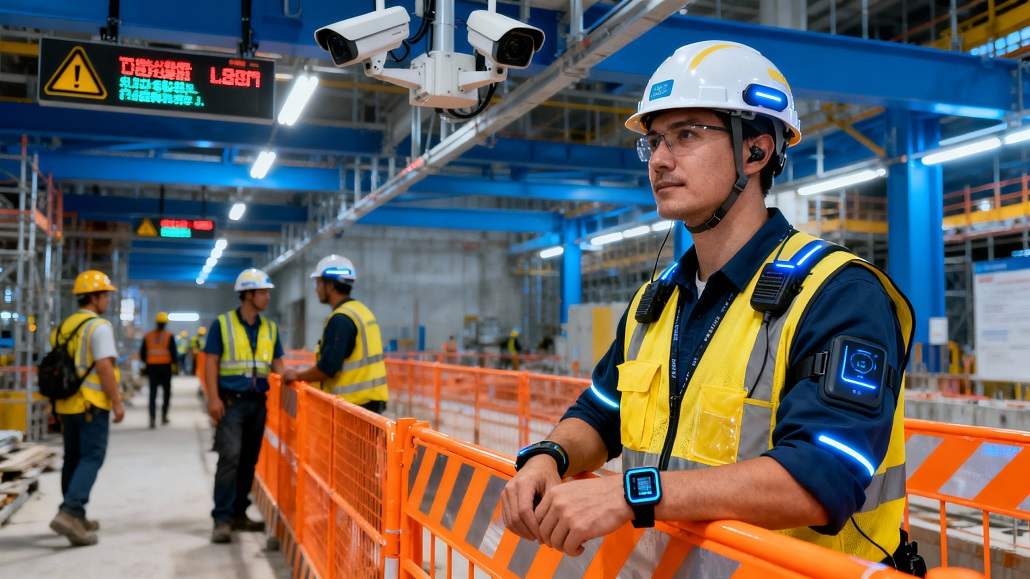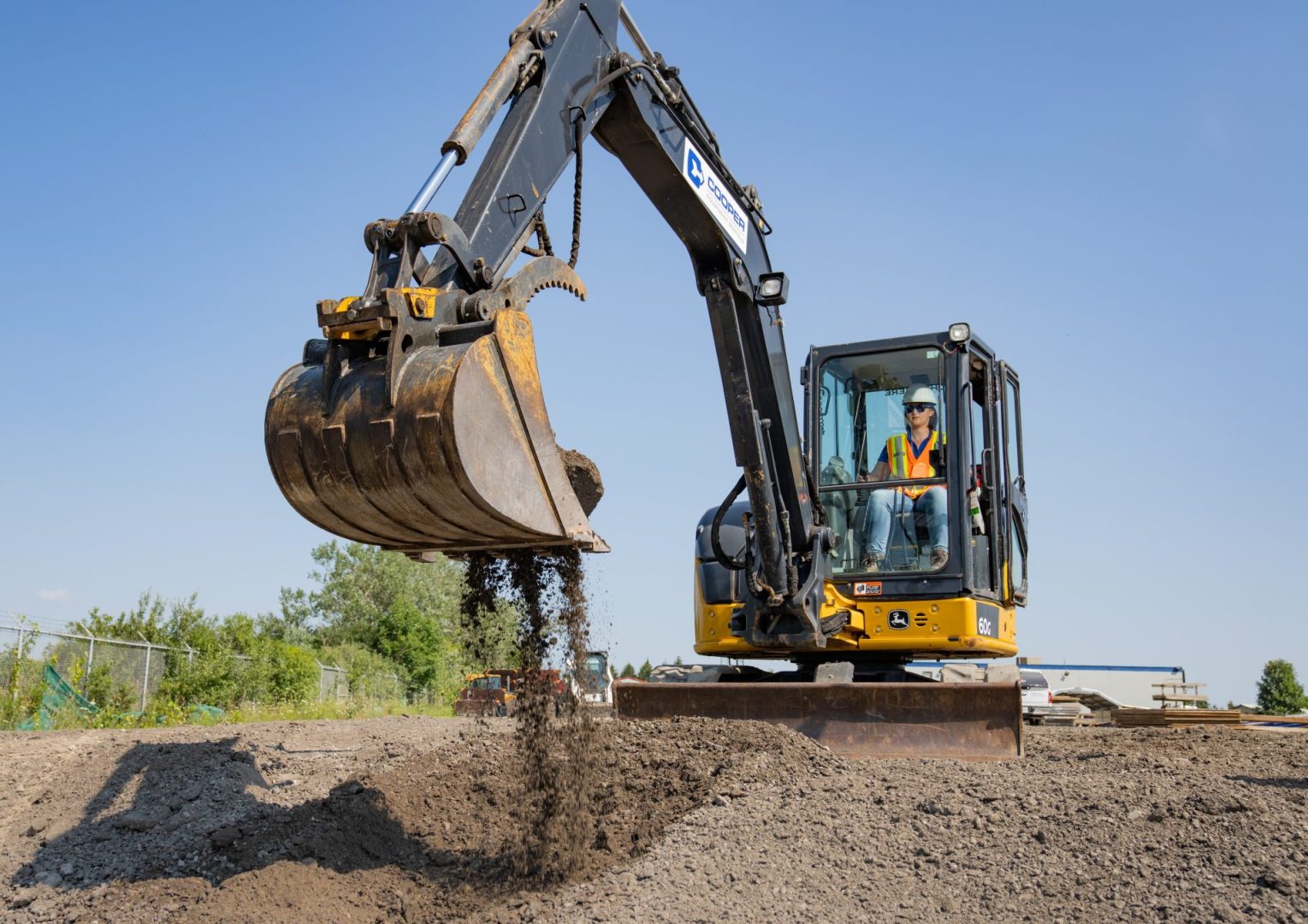Stair-Climbing Robots Monitor Safety on Skanska Project (Video)
Two AI-powered, autonomous robots monitor everything from fall hazards to PPE on a residential-tower construction site in Seattle...

A pair of robots have joined the Skanska jobsite safety team – monitoring everything from lighting conditions and fall hazards to PPE and fire safety – on a residential tower construction site in Seattle.
Nextera Robotics’ AI and autonomous Didge robots roam the jobsites taking high-definition, 360-degree images of work in progress, according to a Daily Journal of Commerce article by Stewart Germain, Skanska director of innovation, and Garrett Metz, Skanska senior project engineer.
(To watch the robots in action, check out the video at the end of this story.)
Photos are taken at the same locations throughout the site each week to analyze safety issues, with the “Didge Field Safety Technicians” even climbing stairs to capture shots of every room on every floor of the building, Skanska says.
The thousands of images captured get imported into the project's BIM model and Nextera's construction project management and safety monitoring platform. This allows for AI progress tracking, accurate percentage-in-place reporting, and helping keep the project on schedule, they say.
The platform generates a weekly automated safety report, providing an assessment of overall safety and instant feedback for both management and the crew. Employees can be given maps and pictures of exact issues to look for onsite.
“It is an invaluable source of shared ground truth for project executives, project managers, the Safety Team, and insurance company,” Skanska says. “The reports provide easy to read quick-scan highlights that are color coded green, yellow, orange and red to indicate risk factors from positive findings and observations to high-risk activities requiring immediate attention.”
Enforcing Safety Best Practices
Beyond environmental safety concerns, the AI robots also recognize if workers are wearing personal protective equipment, including helmets, vests, glasses and gloves.
When a team member is not wearing PPE, the Didge robot can flag an image and send it to the project’s safety manager so that a one-on-one coaching conversation can occur. This constant feedback loop can reduce the number of incidents and enhance the safety culture onsite. Skanska notes that workers' faces are only shown in images in the event of a safety issue; in all other cases, faces are blurred for privacy.
“Spotting safe behaviors and conditions is equally crucial as identifying unsafe ones,” the company says. “Maintaining a comprehensive safety record can facilitate smoother, fact-based discussions between insurers and builders regarding claims or future construction project insurance.”
Reducing Strain on Workers
While drones remove the risk of taking photos at height, Skanska says, the Didge robots can help reduce worker strain at ground level – think crouching or odd angles that are hard on backs and knees.
The robots eliminate the repetitive task of capturing images in every room and floor of the 31-story Kaye building and the stair climbing that goes with it.
This project is one of several that Skanska has piloted robots at to help drive safer and more efficient work. The Didge-Skanska pilot project is expected to conclude this summer.
“Every project manager has a long list of things to do. Throw in meetings, getting pulled aside by coworkers to tackle other topics, and myriad other To Dos that our people contend with, and the value of having a dedicated AI-powered Didge Field Safety Technician on site becomes easy to see,” Skanska concluded. “All of us at Skanska look forward to the added data and combined project management and safety benefits the robots will continue to provide.”

 machineryasia
machineryasia 





![[Job Story] Bobcat Fleet Constructing Italy’s Largest Agro-Photovoltaic Plants](https://www.heavyquipmag.com/wp-content/uploads/2025/12/bobcat-italy.jpg)


